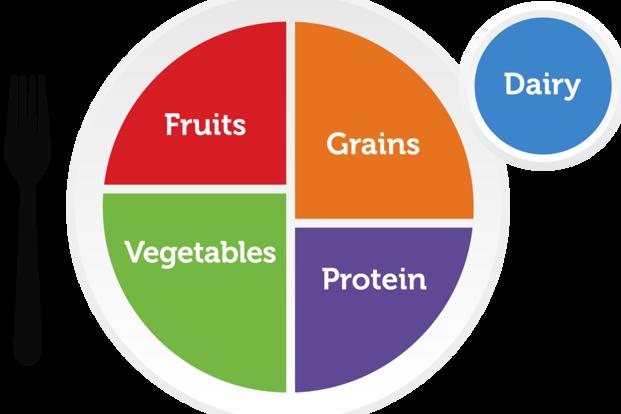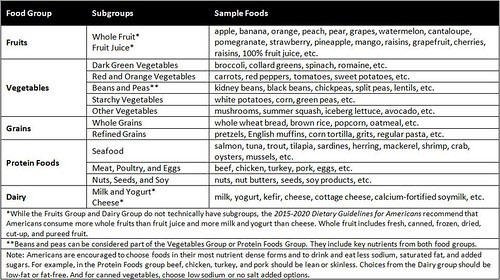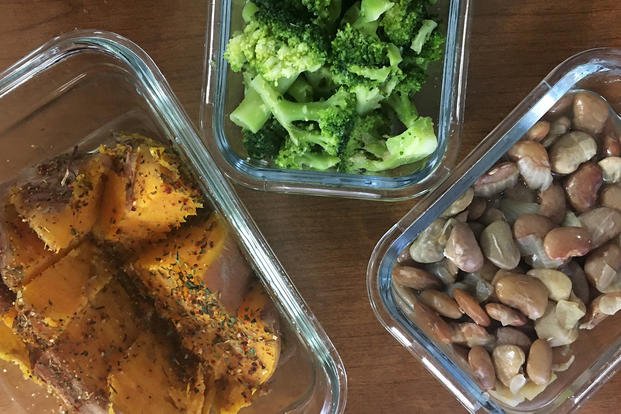A few emails prompted me to look into the United States Department of Agriculture's (USDA) food pyramid, which has been used for the last decade by Americans. Has it worked for us to be a healthier nation? Are we not following the pyramid as a guide? Or is the food pyramid all wrong?
Researchers will debate this for years to come, but recent evidence and studies have urged the USDA to make changes to the pyramid. A quick and easy solution to the food guide pyramid would be to switch the place of fruits and vegetables with the breads, cereals, rice and pasta group.
Many could argue about the number of servings each group should have, but leaving the serving sizes as they appear on the pyramid makes dietary sense. Also, there are too many servings of refined sugars and simple carbohydrates in the bread, rice and cereal group, in my opinion.
But healthful changes have been made.
The food pyramid from the USDA has evolved over the years to a point that it is no longer a pyramid at all.
Now the pyramid of decreasing values of food ascending to the top is now replaced with a colorful plate to give a better description of what a typical plate at a meal should look like. The MyPlate.gov website now describes the recommended food portions of fruits, vegetables, grains, proteins and dairy as basically a pie chart of the following:

Fruits and vegetables comprise half of the plate, and grains and proteins make up the other half. Dairy is off the side as its own cup. Portions sizes for each of the food groups will depend on the age and activity levels of the people considering their food choices from these recommendations.
(See link for new My Plate with healthful options for your meals.)
According to the new USDA Dietary Guidelines for Americans, the five food groups are the following: fruits, vegetables, grains, proteins and dairy. While oils and fats are not considered a food group, there is an effort to emphasize the essential fatty acids, omega-3s and vitamin E, with specific foods in other food groups -- such as nuts, fish, seeds, etc. -- providing these nutrients.
Here is a great list of options created by the USDA to help with any misunderstandings that may occur with reading the new charts:

I am not a dietician, but you do not need to be one to know how to feed yourself and your family. In a nutshell, buy more fruits and vegetables, eat leaner meats and limit (not eliminate) breads, rice and cereal. If you need any information on the food guide, there are many articles supporting both sides of the argument found by typing "the food pyramid or my plate" into a search engine.
Stew Smith is a former Navy SEAL and fitness author certified as a Strength and Conditioning Specialist (CSCS) with the National Strength and Conditioning Association. Visit his Fitness eBook store if you’re looking to start a workout program to create a healthy lifestyle. Send your fitness questions to stew@stewsmith.com.
Want to Learn More About Military Life?
Whether you're thinking of joining the military, looking for fitness and basic training tips, or keeping up with military life and benefits, Military.com has you covered. Subscribe to Military.com to have military news, updates and resources delivered directly to your inbox.



















